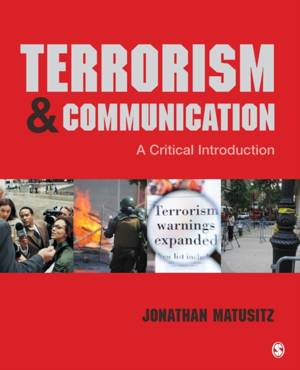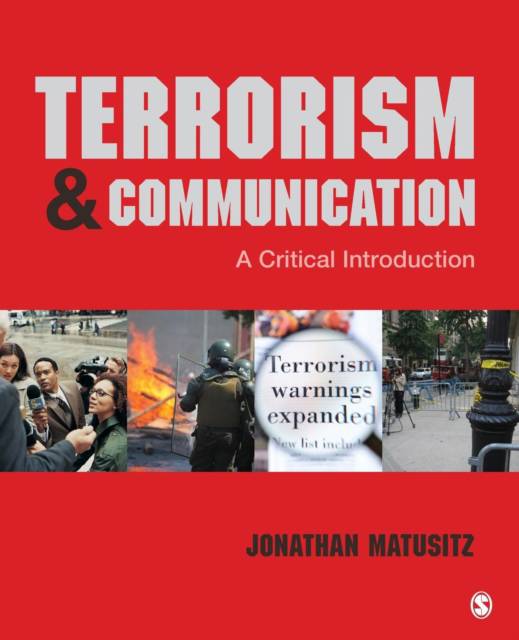
- Afhalen na 1 uur in een winkel met voorraad
- Gratis thuislevering in België vanaf € 30
- Ruim aanbod met 7 miljoen producten
- Afhalen na 1 uur in een winkel met voorraad
- Gratis thuislevering in België vanaf € 30
- Ruim aanbod met 7 miljoen producten
Omschrijving
Based on the premise that terrorism is essentially a message, Terrorism and Communication: A Critical Introduction examines terrorism from a communication perspective--making it the first text to offer a complete picture of the role of communication in terrorist activity. Through the extensive examination of state-of-the-art research on terrorism as well as recent case studies and speech excerpts, communication and terrorism scholar Jonathan Matusitz explores the ways that terrorists communicate messages through actions and discourse. Using a multifaceted approach, he draws valuable insights from relevant disciplines, including mass communication, political communication, and visual communication, as he illustrates the key role that media outlets play in communicating terrorists′ objectives and examines the role of global communication channels in both spreading and combating terrorism. This is an essential introduction to understanding what terrorism is, how it functions primarily through communication, how we talk about it, and how we prevent it.
Specificaties
Betrokkenen
- Auteur(s):
- Uitgeverij:
Inhoud
- Aantal bladzijden:
- 520
- Taal:
- Engels
Eigenschappen
- Productcode (EAN):
- 9781452240282
- Verschijningsdatum:
- 30/08/2012
- Uitvoering:
- Paperback
- Formaat:
- Trade paperback (VS)
- Afmetingen:
- 185 mm x 229 mm
- Gewicht:
- 839 g

Alleen bij Standaard Boekhandel
Beoordelingen
We publiceren alleen reviews die voldoen aan de voorwaarden voor reviews. Bekijk onze voorwaarden voor reviews.











